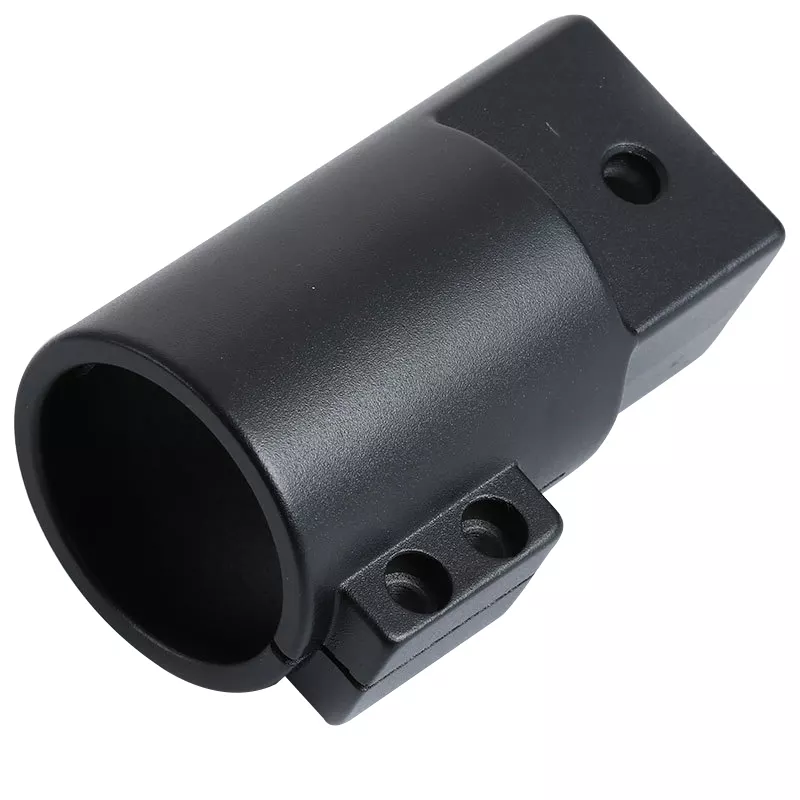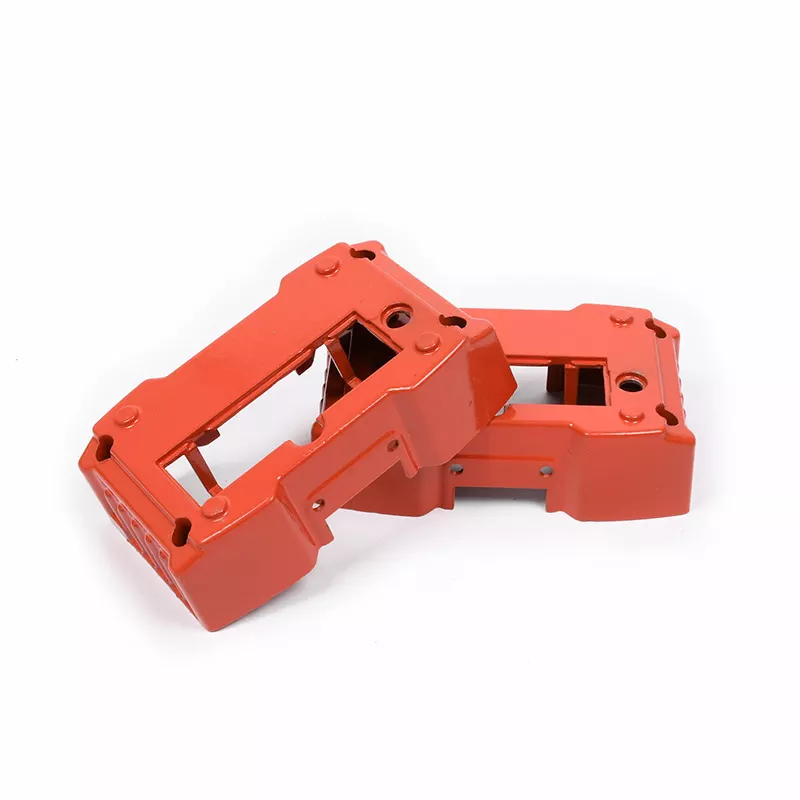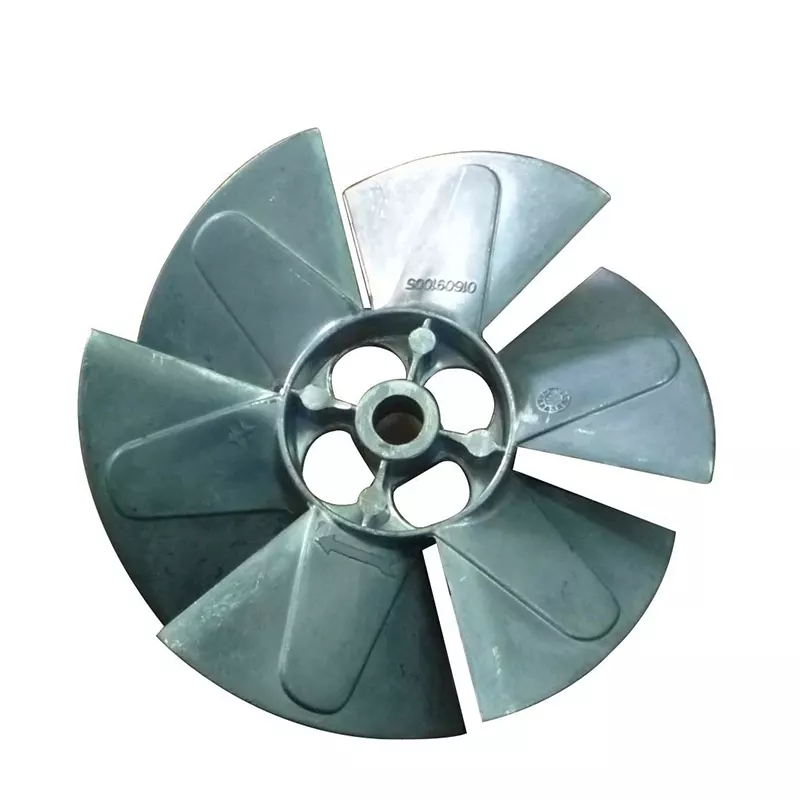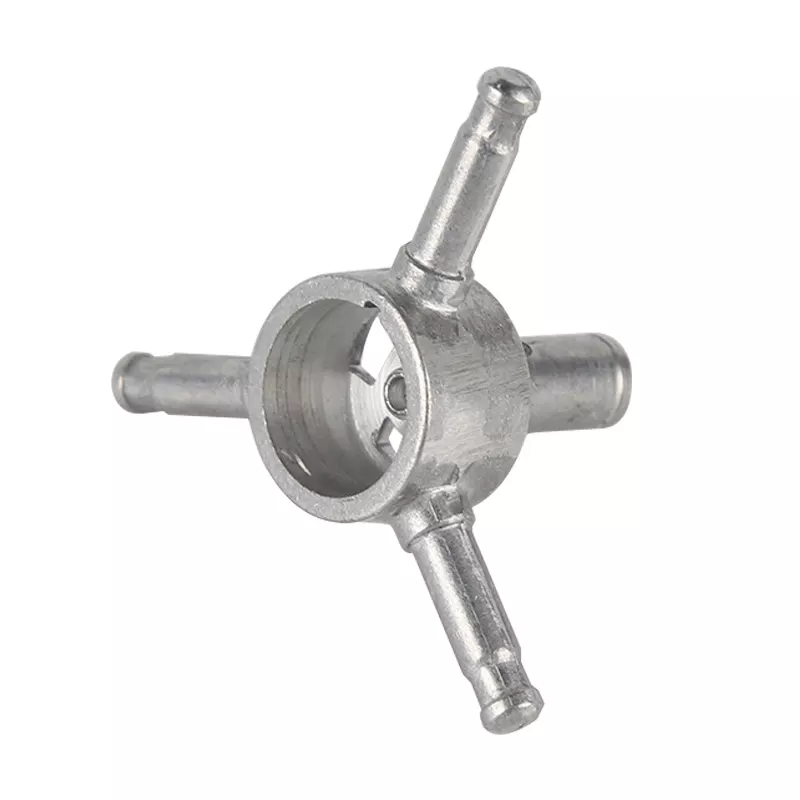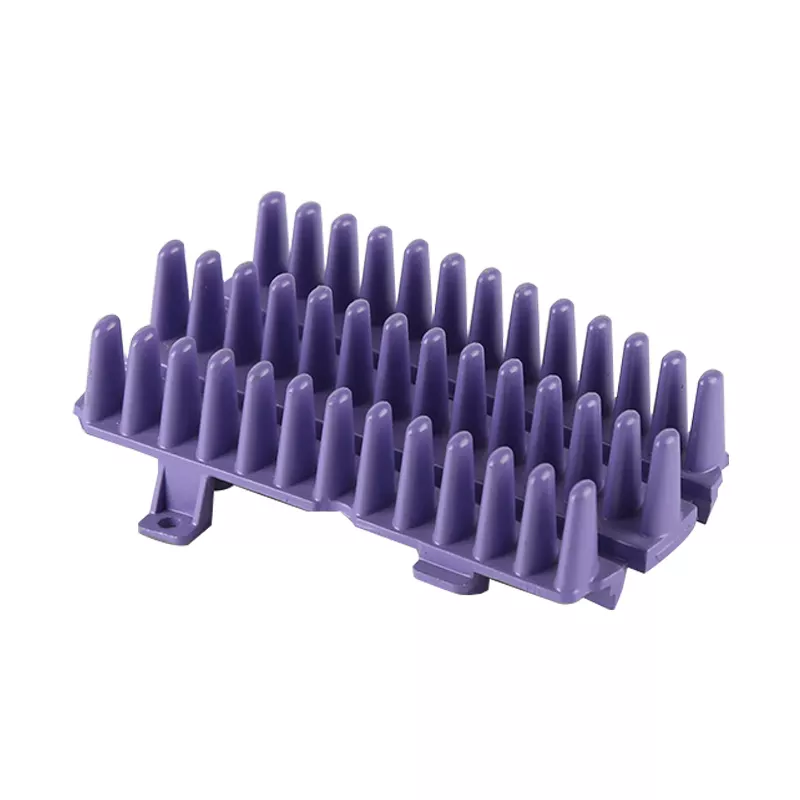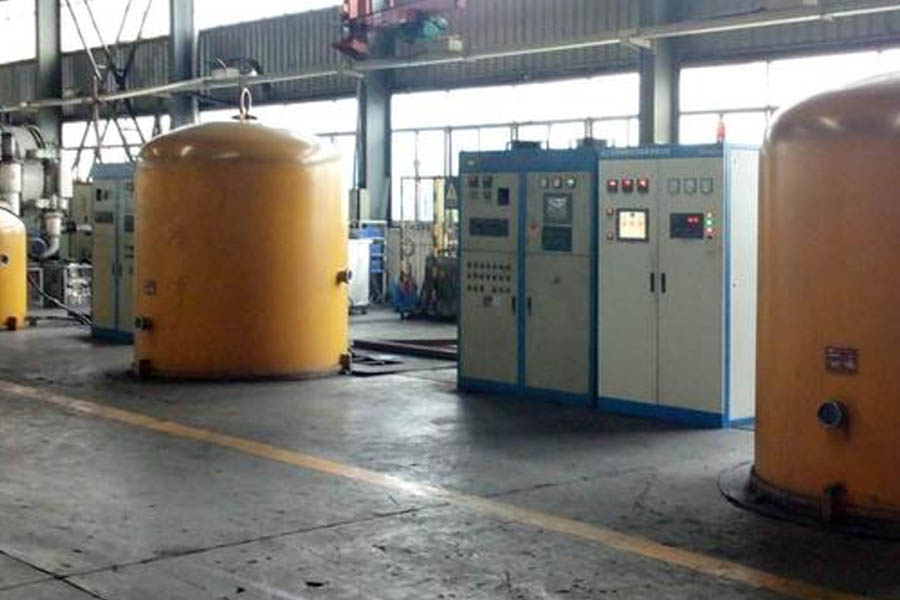
1. Low hardness
The amount of retained austenite is one of the reasons for the low hardness of the stamping die. The amount of retained austenite in the carburized layer is often due to the high carburizing temperature and the high surface carbon concentration, resulting in low hardness of the stamping die. Another reason is that the surface carbon concentration is low. The reasons for the low surface carbon concentration are: the carburizing temperature is too low; the carburizing gas flow is small; a large amount of air is absorbed in the vacuum quenching oil; other oils, such as a large amount of cylinder oil, are mixed Into the vacuum quenching oil medium.
2. The depth of the carburized layer does not meet the technical requirements
The reason why the carburized layer depth of the stamping die exceeds the requirement is that the carburizing temperature is high or the carburizing time is long, and the reason why the depth is lower than the technical requirements is that the carburizing temperature is low or the carburizing time is short.
3.The carburized layer of the stamping die itself is uneven
The reasons for this situation may be: air is mixed in the carburizing gas; pulse carburizing is not used; the pressure of carburizing gas is too low; the amount of furnace installed is too large and dense; the purity of the carburizing gas is low, resulting in more Carbon black and so on.
4.There are many carbon blacks, and carbon black is also attached to the stamping die
When a large amount of carbon black is produced in the carburizing process, it may cause electric short circuit between the heater and the furnace body, the heater and the heater, which will increase the maintenance workload of the equipment; the small holes of the stamping die will be blocked and the carburized layer will not be blocked. Evenly, increase the workload of removing carbon black on the surface of parts.
5. The brightness of the stamping die deteriorates
The stamping die should be silvery white when it is discharged from the furnace after vacuum carburization and air cooling. If the brightness of the parts deteriorates when the furnace is discharged, the reason may be: the furnace has a large leakage; the vacuum quenching oil is mixed with more air; cooling The purity of the gas (such as nitrogen) is not high, and it contains more oxygen; more cylinder oil is mixed into the vacuum quenching oil.




